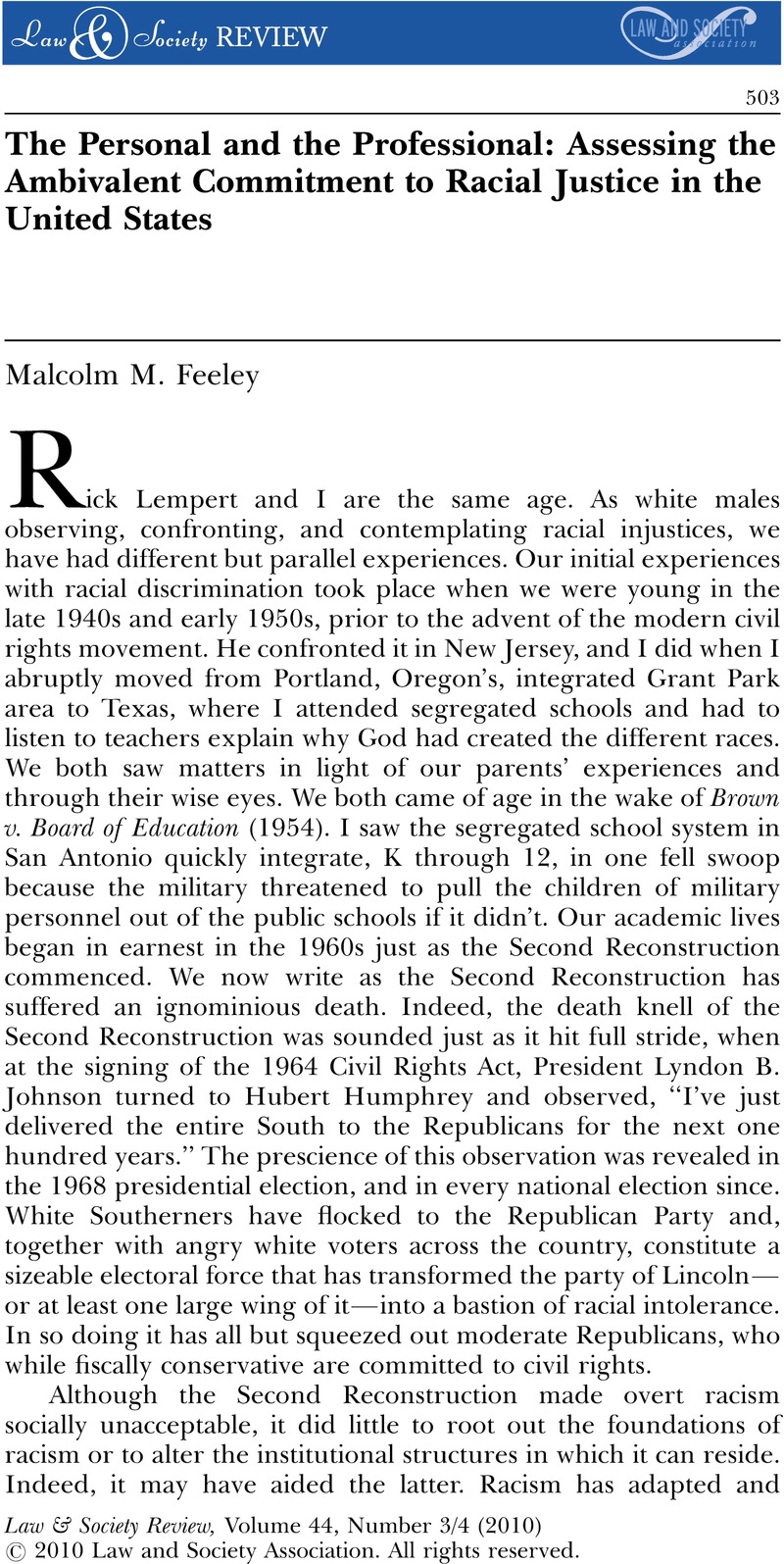Crossref Citations
This article has been cited by the following publications. This list is generated based on data provided by Crossref.
Wiseman, Hannah Jacobs
2012.
Rethinking the Renter/Owner Divide in Private Governance.
SSRN Electronic Journal,
Greenspan, Rosann
Aviram, Hadar
and
Simon, Jonathan
2019.
The Legal Process and the Promise of Justice.
Massoud, Mark Fathi
2019.
The Legal Process and the Promise of Justice.
p.
314.



